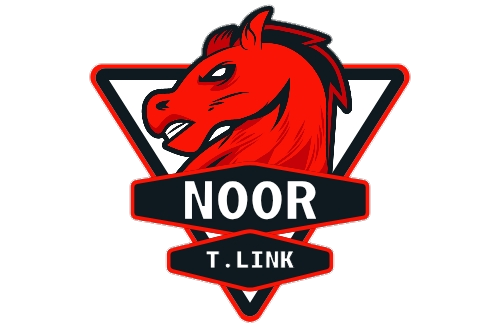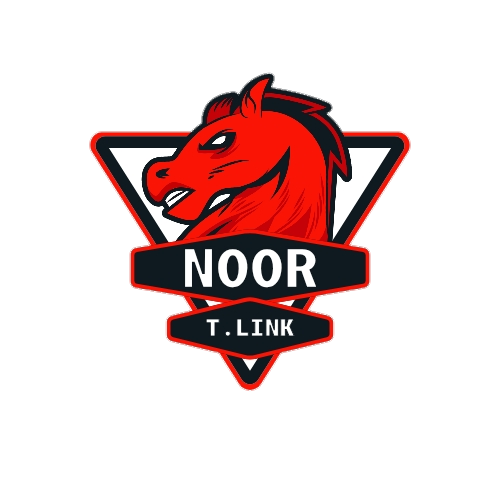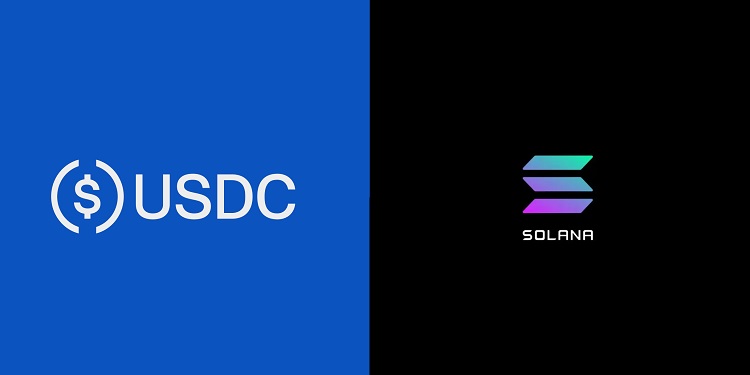In a notable development reflecting the growing significance of stablecoins in the digital asset ecosystem, the USDC Treasury minted 5.5 billion USDC on the Solana blockchain during the second quarter of the year. This substantial minting activity signals a strategic alignment between one of the most popular stablecoins and a blockchain network that is increasingly recognized for its performance and scalability.
The integration of such a large volume of USDC onto the Solana blockchain is viewed as a strong indicator of Solana’s technological strength. Market observers have pointed to Solana’s high transaction throughput and cost-effective fee structure as key drivers behind the decision. These technical advantages have made the platform a competitive choice for projects requiring fast and economical settlement layers. By supporting billions in newly minted USDC, Solana is further establishing its position as a central player in the stablecoin infrastructure space.
The move also aligns with a broader industry shift where stablecoins are gaining traction as vital tools for maintaining price stability and enhancing liquidity in a highly volatile crypto market. USDC, issued by Circle, has already earned its place as a widely accepted digital dollar equivalent across centralized exchanges, DeFi applications, and institutional platforms. The expansion of USDC’s footprint into the Solana ecosystem enhances the blockchain’s utility as a stable, efficient medium for both transactional and programmable finance.
Analysts suggest that this minting surge could lead to wider adoption of Solana by developers and businesses seeking efficient platforms for deploying financial applications. With a stable digital asset like USDC integrated deeply into its framework, Solana could see a rise in user engagement, particularly among DeFi protocols and payment-focused platforms that depend on low latency and predictable transaction costs.
The development also carries broader implications for the competitive dynamics of the stablecoin market. As blockchain platforms vie for adoption, the ability to offer seamless, cost-effective integration with leading stablecoins has become a key differentiator. USDC’s presence on Solana might prompt other blockchains and stablecoin issuers to refine their strategies to remain competitive. This could lead to a renewed focus on improving network performance, liquidity support, and cross-chain operability across the industry.
From a macro perspective, the expansion of USDC on Solana is not only a validation of Solana’s technical capabilities but also a reflection of stablecoins’ increasing role in digital finance. As the market matures, stakeholders appear to be prioritizing stability, efficiency, and interoperability—features that Solana’s architecture is designed to deliver.
This recent minting milestone also adds momentum to the ongoing conversation around the mainstreaming of digital assets. By anchoring large volumes of stablecoins onto high-performance networks, the blockchain industry is demonstrating its readiness to support real-world financial use cases at scale. In this context, the collaboration between Solana and the USDC Treasury may be seen as a step toward more efficient and inclusive global financial systems powered by decentralized technology.



